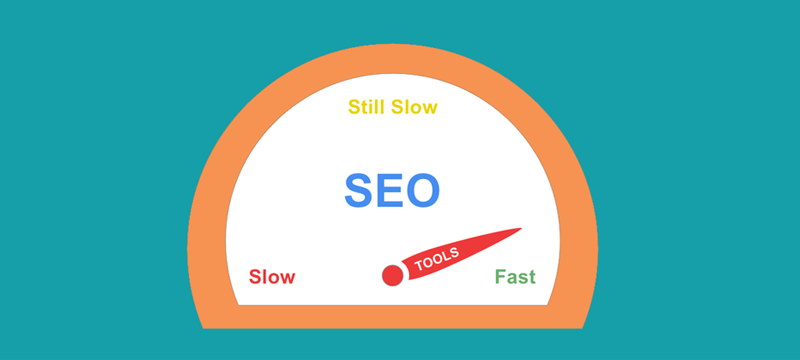The viewed pages are essential as they show a visitor is engaged with a website and tends to stay on the website through several page loads. For an e-commerce site, more pages viewed reflect a higher likelihood of a visitor adding one of the items on the page to their cart. It could indirectly point to larger cart sizes.
Pages viewed per session is also an important metric for media sites and other websites that rely on page views for their advertising revenue. The cost and effort of acquiring a new visitor to the website are high. Thus, the owner of such a website needs to make sure that the users stay on the page and view several pages to get a high return on investments.
Faster page loading indicates more views on the page and can be a valuable visitor in terms of both- advertising and the likelihood of returning to the website.
What is Page Speed?
Page speed is often confused with site speed. Site speed actually depicts the page speed for a sample of page views on a site. The term page speed can be described in terms of either- ”page load time ” or ”time to the first byte”.
The term- ”page load time” determines the time taken to fully display the content on a specific page of any website. The term- ”time to the first byte” determines how long it takes for the browser to receive the first byte of information from the web server.
Why is Page Speed Important?
Every business owner on the website wishes to increase the conversion rates and minimize the exit rates. It becomes crucial for a website to load faster so that a maximum number of users are engaged with the website. User experience is a key driving factor that influences page speed. Potential customers tend to get frustrated and disillusioned if they find that they have to wait long for the web pages to load.
Therefore, it makes sense to improve the page load speed as much as possible. Longer durations of page loading can lead to growth in high exit rates. A study suggests that half of the present Internet users wait for the website to load within 2 seconds. A slow page reflects that search engines tend to crawl fewer pages using the allocated budget and this, in turn, could hamper the conversions that take place on the website.
Page Speed and Bounce Rate
Bounce rate is defined as the percentage of visitors who visit a site and leave after viewing only one page. The bounce rate metric can be affected by several factors such as page content, page design, and the relevancy of page content to the search term or an advertisement that was responsible for bringing the visitors to the website. The page speed also affects the bounce rate and those users who bounce visit a single page only on the website.
Thus, the load time of the first page that the user visits is essential. If there is a new visitor to your website, then he’ll collect all the assets from the webserver or cache server. A slower time to the first byte or start render time could reflect that visitors leave the website even before the first page is loaded.
Ways to Improve Page Speed
Following are some ways in which the page speed can be improved-
- Minifying JavaScript and CSS Minifying JavaScript or CSS is an automated process that eliminates unnecessary elements from the associated code to decrease the file size and help the browsers to supply things faster. The compression algorithm is responsible for removing code comments and extra whitespaces, along with the things that may be useful to humans but not computers. These changes can help in gaining a whopping 20-30% of the lost speed.
- Optimizing Images The process of optimizing images works similarly to minifying JavaScript or CSS code. Instead of removing blank spaces, the code streamlines how the images store the information. Automated tools can resize image size quickly. The coder of the website needs to set up a script for automating the process for each image that is being uploaded or using a tool such as Optimizilla to carry out this task in batches. By optimizing the image size, one can speed up the process of page loading by a significant margin.
- Using a Content Delivery Network Content delivery networks or CDNs are easy and convenient to use as another hosting provider, thus making them an excellent choice for webmasters who are looking to take a load off their servers. CDNs store static content that is displayed on the pages and deliver them faster than most of the standard service providers. CDNs are a perfect tool for images and videos and allow website owners to focus on the server’s power for publication, drifting away from all the heavy lifting to dedicated computers elsewhere.
Importance of a Mobile Site
It is a good idea for any business to have a mobile version of their site. Studies regarding smartphones have time and again concluded that two-thirds of the users use their mobile to access the web. Mobile usage is an emerging and rising trend.
The number of people who access the mobile version of an e-commerce site is also expected to grow due to the increased usage of smartphones. Mobile usage can tend to slow down the traditional web versions of these sites.
Page speed forms the invisible backbone for a successful website structure. Poor page speed can hamper the website as it erodes everything necessary for a website such as conversions, and SEO rankings. On the contrary, good page speed can help in boosting Google Page Rank and keep the page users happy. 3 seconds is what matters for any page, and every business should always try to optimize their website’s speed.
